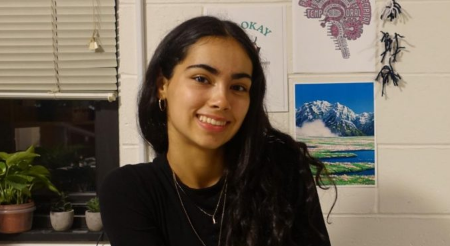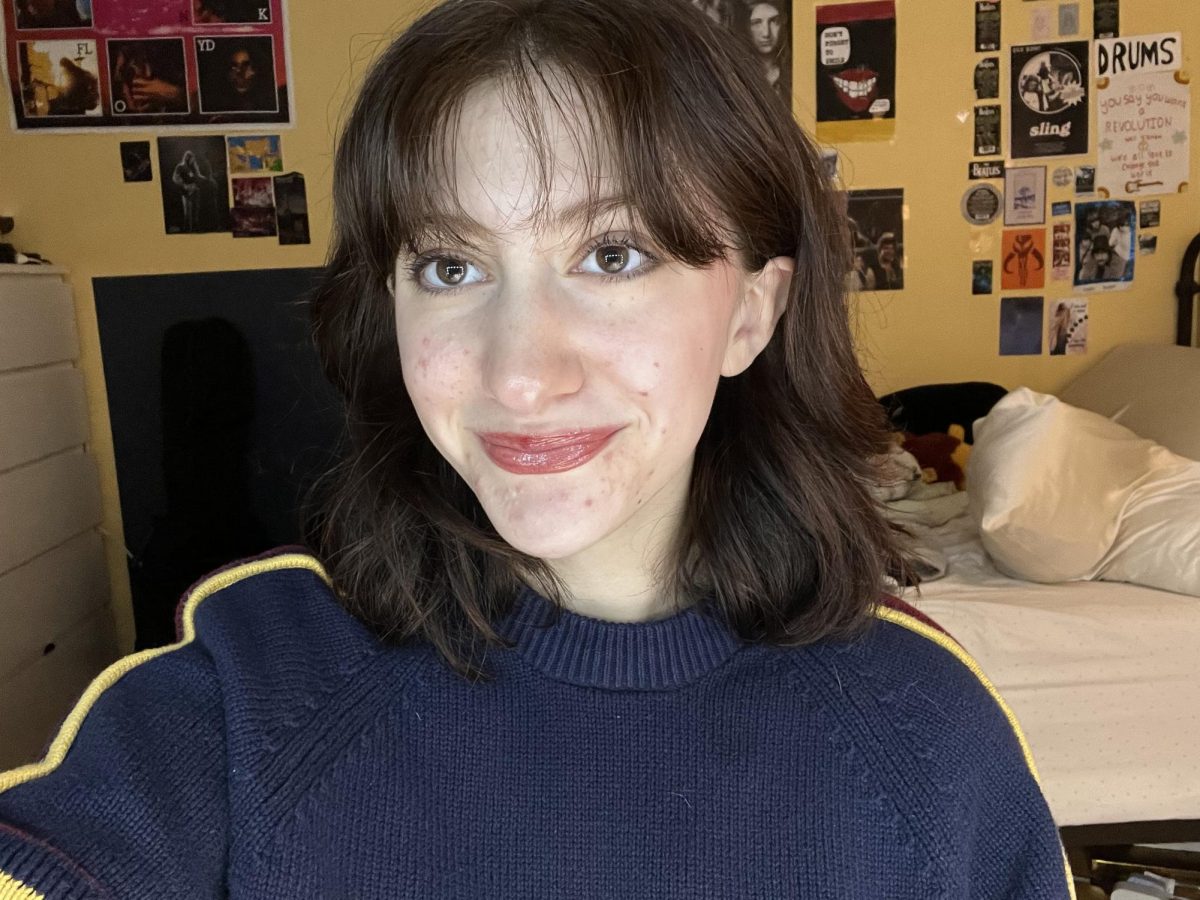“I view kids as human first and students second when considering actions, behavior, and feelings.” says Samantha Letourneau, a 10th grade English teacher at South High Community School. Sometimes in school you need a place to go, to feel unjudged and to have a space to just be yourself, especially as a teenager. For most, highschool can be a stressful time and environment whether the stress is caused by peers, the workload, or home issues. Kids deserve a place they feel comfortable and welcomed. By viewing kids as a human first rather than a student takes off the expectations that some teachers tend to have, and will allow you and the kid to focus on their feelings and situations rather than just the academic portion of this kid’s life. 
“I have a zero tolerance policy for any and all hateful language that might make kids feel unsafe or uncomfortable for any reason” This allows kids of all backgrounds and standings to feel comfortable, supported, and respected throughout the classroom by their peers and teacher. It also helps set a level of comfort in the classroom where students feel willing to participate. To do this you will need to start out your school year with correcting any behavior that breaks this rule and firmly explain why you’re doing so. Students will understand as long as you explain your reasoning.
“I do my best to ensure everyone knows their voice is important as well as give everyone any and all opportunities to be heard.” Along with creating an environment among peers where students feel safe and comfortable sharing their input during class discussion, you will need to ensure kids know you value their opinion during class by reassuring them and providing kind and non-embarrassing feedback to incorrect answers while guiding that student to work towards the correct answer.
In order to successfully make your classroom a safe space, you need to be willing to be a good listener, a judgment-free zone, a hate-free zone, you need to use smaller actions and allow that to build up over time in order to show these kids that it’s ok to be wrong, because you will be there and work through it with them, show them it’s ok to not be ok and that you will be there for them and most importantly, remember that no matter what, these are just children.





